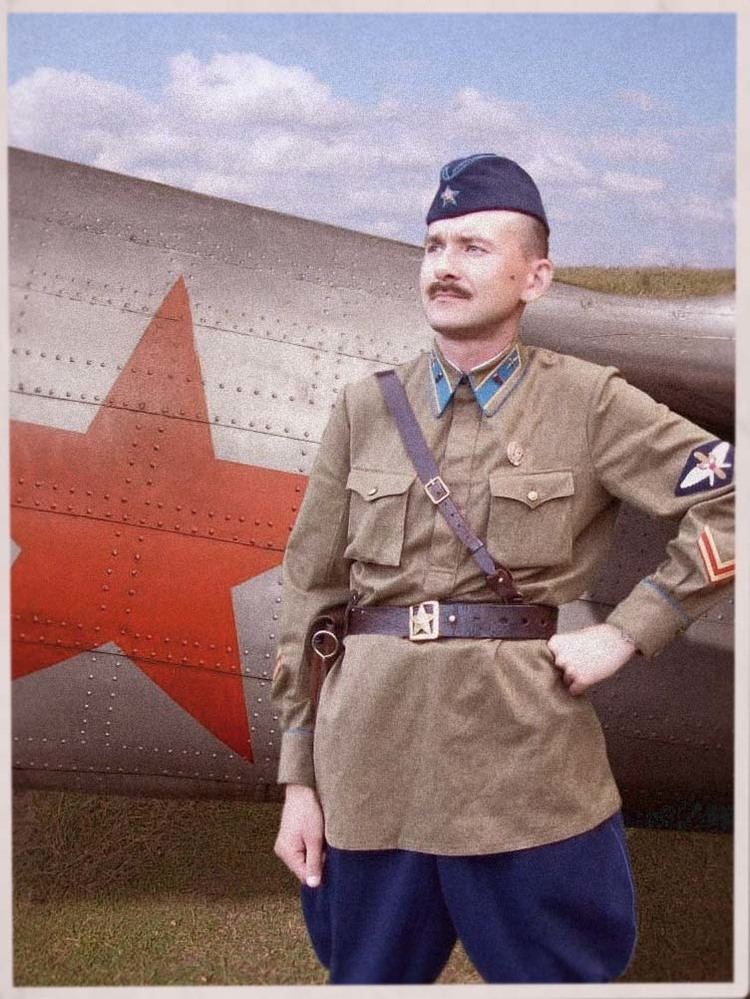 | ||
Individual rank insignia to the (Army) ground forces and (Navy) naval forces (1935–1940) were established by orders 2590 and 2591 with effectivity from September 22, 1935.
Contents
- Situation in 1935
- Military ranks
- Additional regulations
- 1937
- 1939
- Rank designations
- Table of rank insignia for the navy 19351940
- References
This was mainly aimed to supreme commanders, commanding officers, and personnel in charge to exert command and control in the “Workers' and Peasants' Red Army, published by order of the number 176 of the USSR People's Commissariat of Defence, dated from December 03, 1935.
Situation in 1935
In line to the orders, mentioned above, the new distinction insignia of commanding personnel should provide indication as follows:
The top military rank of Marshal of the Soviet Union was created by order of the USSR Central Executive Committee and the “Council of People's Commissars” from September 22, 1935 onward, even before the new ranks were issued.
Military ranks
The military ranks created as a result of the joint decision of the “USSR Central Executive Committee” and the “Council of People's Commissars” from November 21, 1935 are contained in the table below. These replaced the ranks used from 1924.
Additional regulations
The same orders mentioned above provided for separate ranks for the Political commissars and military specialists, the ranks introduced for them are contained in the table below.
1937
More regulations were established in 1937, in line to general instructions of the Red Army. In line to paragraph 10 of this instruction, the subdivision of personnel in uniform to rank groups and assignments (in the following rank groups) was granted.
Paragraph 14 of this instruction contained the so-called individual ranks and rank designations in line to the order from September 22, 1935, and thus officially sanctioned the additional established OF-1c ranks (Junior lieutenant and Junior military technician) with the amendments taking effect from August 5, 1937.
1939
By decision of the extraordinary session of the Supreme Soviet of the USSR (end of August until early September 1939) the law on universal compulsory service took effect, and the new OF4-ranks of Podpolkovnik and Battalion commissar were introduced as a result of the amendments to the rank regulations of 1935. An equivalent OF4-rank for the Soviet navy was not established, however.
Rank designations
In line to the individual ranks the establishment of defined ran insignia were determined in December 1935 as well. From this time military staff, including political commissars, military administration/ commissariat, medical service, veterinarian service, military legal service of the Red Army wore rank insignia as follows.
However, naval military staff wore sleeve insignia (stripes and stars) on both sleeves of the uniform. The rank insignia were in line to rank group differently designed.
Table of rank insignia for the navy 1935–1940
The following ranks and insignia were used by the Soviet Navy from 1935 to 1940.
